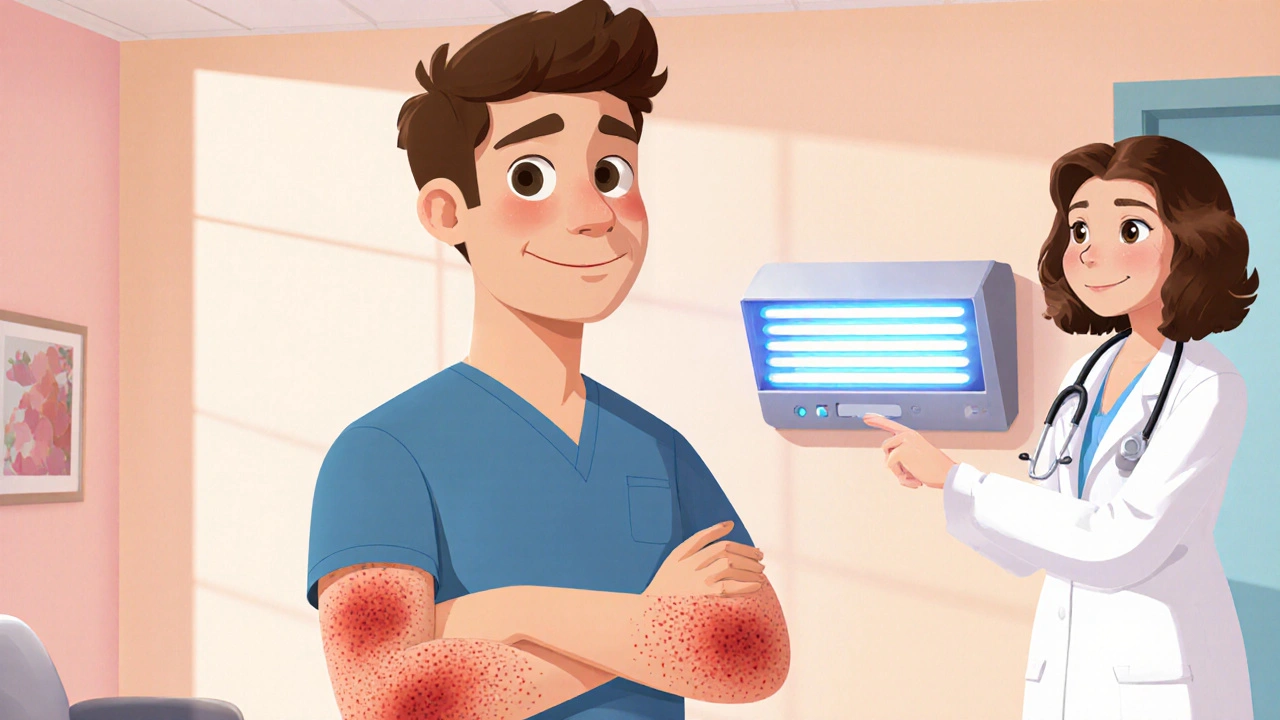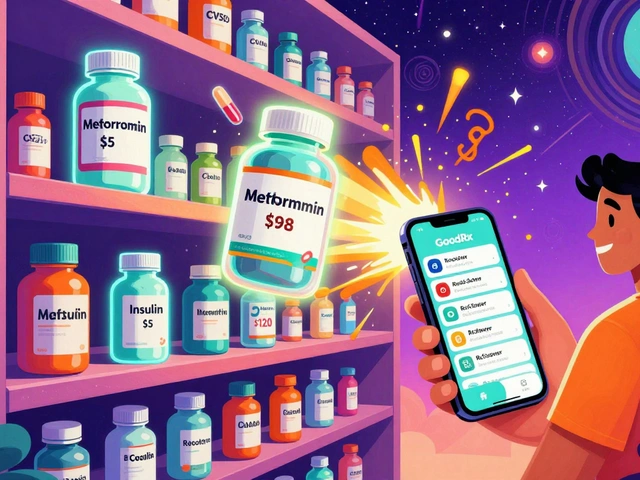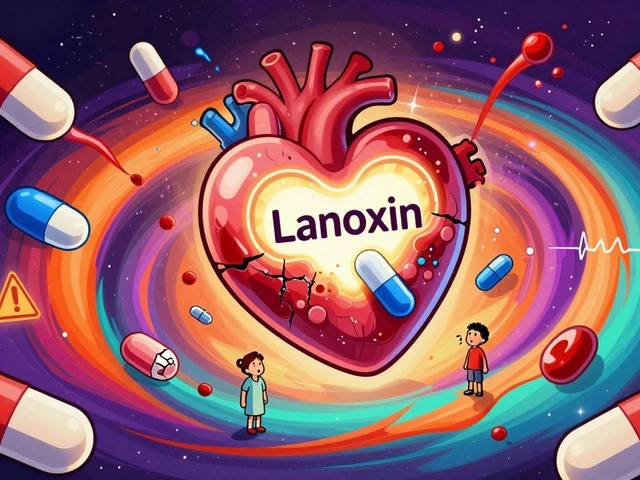Light Therapy Psoriasis – A Practical Guide
When talking about light therapy psoriasis, a non‑drug approach that uses specific wavelengths of light to calm the skin’s immune response. Also known as phototherapy for psoriasis, this treatment can reduce redness, scaling, and itching without the side effects of systemic medications. Phototherapy covers all light‑based therapies, from narrowband UVB lamps to PUVA capsules and is a cornerstone for many patients seeking relief. UVB treatment uses ultraviolet B light, especially the 311‑nm narrowband range, to slow skin cell growth and is often the first line of phototherapy. Finally, PUVA combines psoralen medication with long‑wave UVA exposure for deeper penetration when UVB isn’t enough. Together, these options form a toolbox that targets the underlying inflammation of psoriasis.
How Light Therapy Works and What to Expect
Light therapy for psoriasis encompasses several sub‑modalities that differ in wavelength, session length, and equipment. Narrowband UVB is the most common because it delivers the optimal 311‑nm light that suppresses T‑cell activity without needing a drug sensitizer. PUVA, on the other hand, requires a psoralen dose before exposure, which makes it useful for thick plaques or resistant cases. Both methods require regular sessions—usually two to three times per week for several weeks—so consistency matters more than intensity. The skin’s response follows a clear pattern: early sessions may cause mild redness, then gradual clearing appears as the immune response calms. Home phototherapy units have become popular for convenience, but they still need a prescription and proper safety checks to avoid burns.
Choosing the right light therapy depends on three key attributes: severity of plaques, body area affected, and patient lifestyle. For mild to moderate plaque psoriasis on the scalp, elbows, or knees, narrowband UVB in a clinic setting is often sufficient. If the disease covers large surface areas or involves thick, stubborn plaques, PUVA may be recommended because the combination of psoralen and UVA penetrates deeper. Some patients alternate between UVB and PUVA to prevent tolerance buildup. Cost, insurance coverage, and access to a certified phototherapy center also influence the decision. Importantly, light therapy does not cure psoriasis—it manages flare‑ups and can significantly improve quality of life when used correctly.
Now that you understand the basics—what light therapy is, how UVB and PUVA differ, and what to consider when starting—take a look at the collection of articles below. They dive into dosage guidelines, safety tips, real‑world experiences, and emerging home‑device technologies, giving you actionable insights to make an informed choice for your skin.
Light Therapy Benefits for Plaque Psoriasis Relief
Discover how light therapy eases plaque psoriasis, its types, effectiveness, safety, and practical tips for using clinical or home phototherapy treatments.





